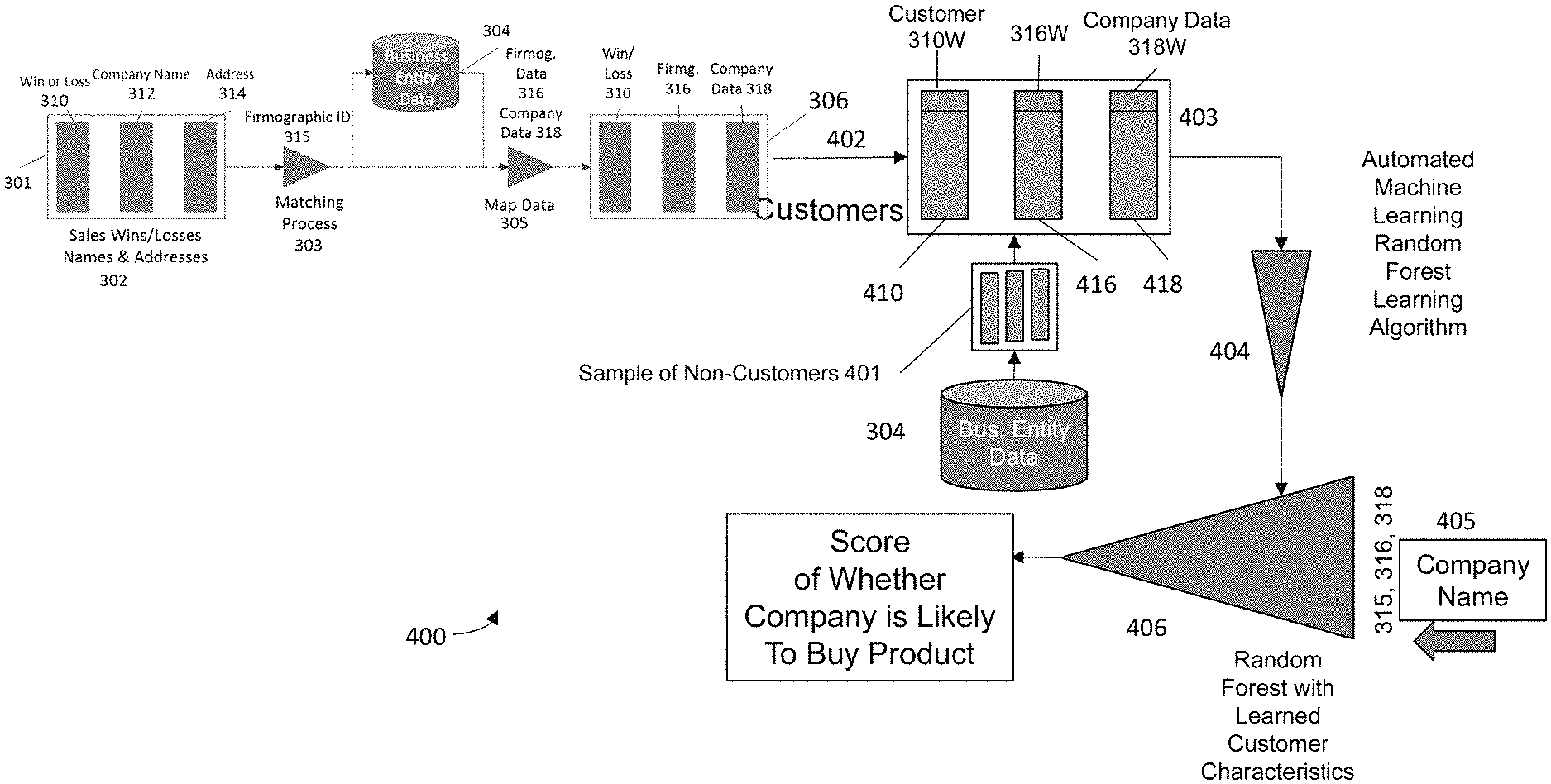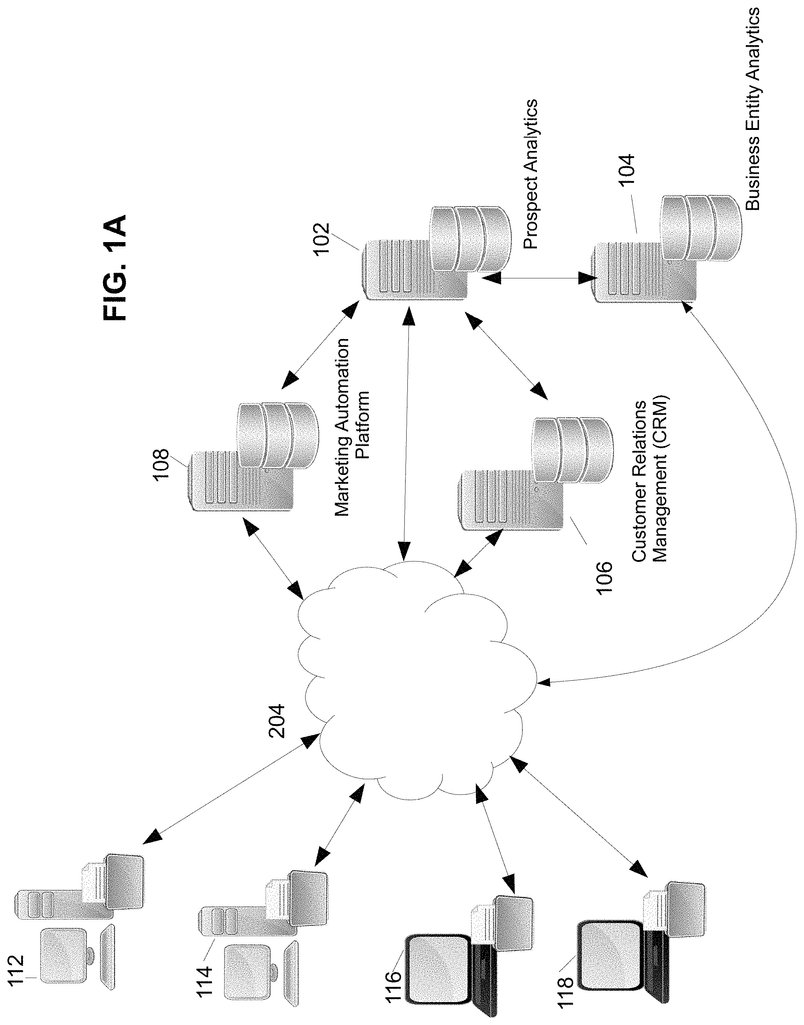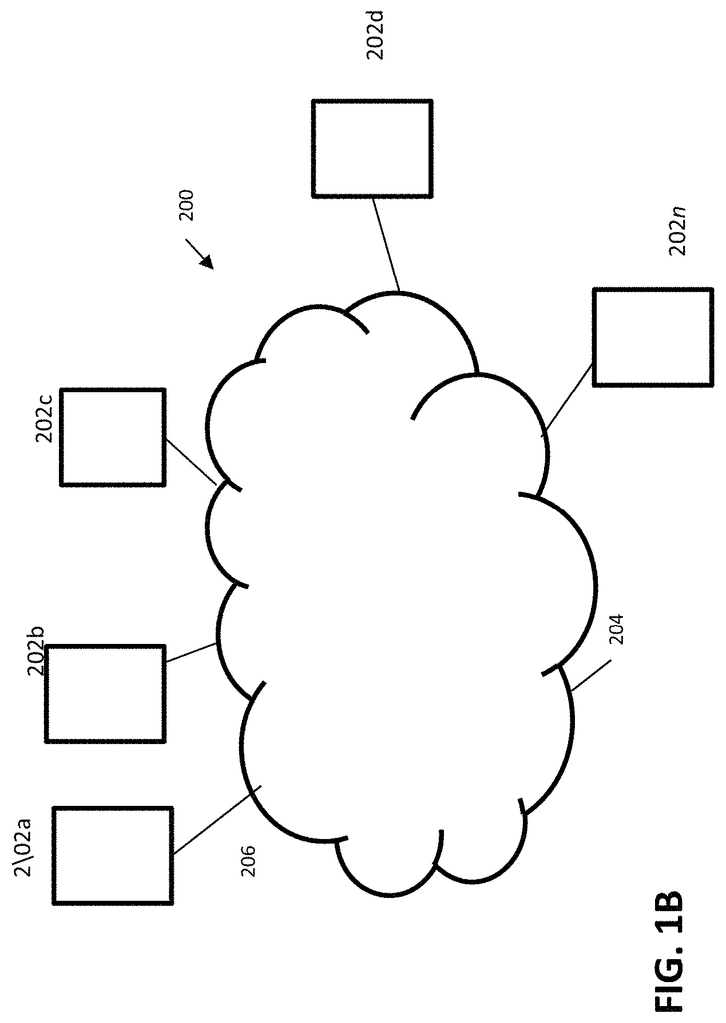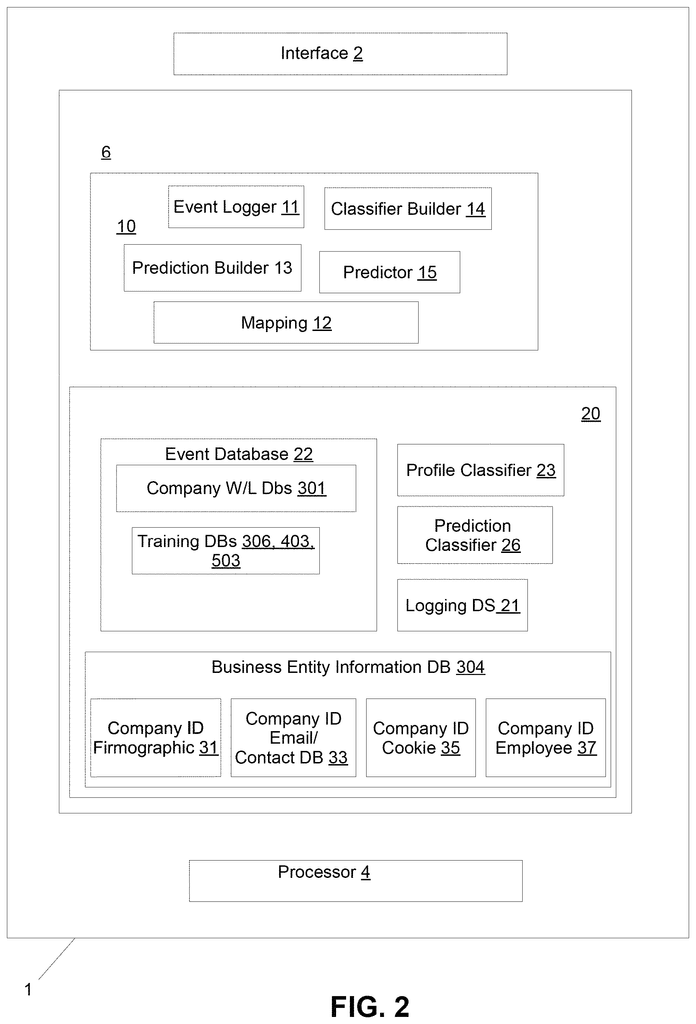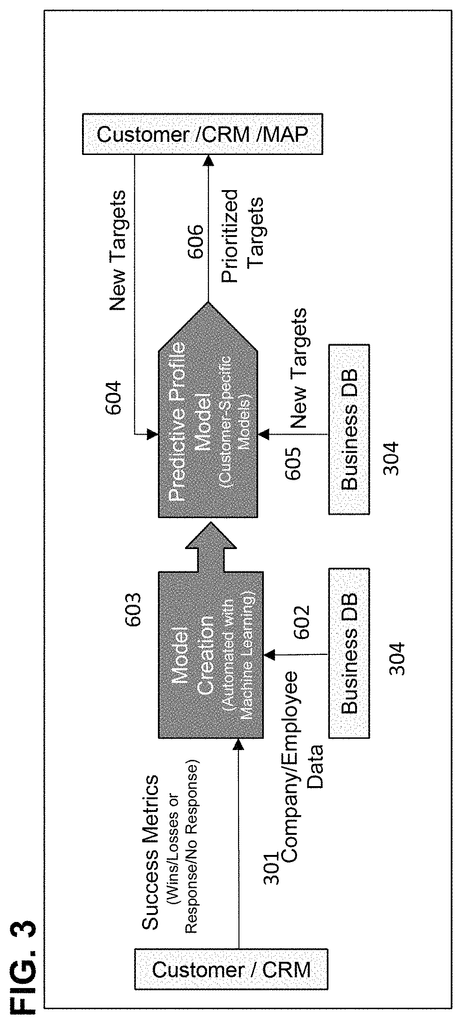Invented by Alexander T. Schwarm, James Beveridge, Nalanda MATIA, Granger Huntress, Bradley White, Karolina KIERZKOWSKI, Nicholas Lizotte, Dun and Bradstreet Corp
Prospect determination refers to the process of identifying potential customers or clients who are most likely to be interested in a particular product or service. This is a crucial step in marketing and sales, as it allows businesses to focus their efforts and resources on those individuals who are most likely to convert into paying customers. Traditionally, prospect determination has relied on manual analysis and intuition, but with the advancements in AI and machine learning, businesses now have access to more sophisticated tools and techniques.
Machine learning classifier and prediction engines for prospect determination leverage the power of AI to analyze large amounts of data and identify patterns and trends. These engines are trained on historical data, such as customer demographics, purchase history, and online behavior, to learn the characteristics and behaviors of potential prospects. By analyzing this data, the engines can then make predictions about which individuals are most likely to become customers.
The market for machine learning classifier and prediction engines for prospect determination is growing rapidly. Businesses across various industries, including e-commerce, finance, and healthcare, are recognizing the value of these tools in improving their marketing and sales efforts. By accurately identifying prospects who are most likely to convert, businesses can optimize their marketing campaigns, personalize their messaging, and ultimately increase their conversion rates.
One key advantage of using machine learning classifier and prediction engines is their ability to continuously learn and adapt. As new data becomes available, these engines can update their models and improve their predictions. This means that businesses can benefit from more accurate prospect determination over time, leading to better targeting and higher conversion rates.
Another factor driving the market for these engines is the increasing availability of data. With the rise of digital technologies and the internet of things, businesses now have access to vast amounts of data about their customers and prospects. Machine learning classifier and prediction engines can effectively analyze this data and extract valuable insights, enabling businesses to make data-driven decisions and improve their prospect determination strategies.
However, it is important to note that the market for machine learning classifier and prediction engines is not without challenges. One major challenge is the need for high-quality and diverse training data. These engines rely on historical data to learn and make predictions, and if the data is biased or incomplete, it can lead to inaccurate results. Additionally, there are concerns around privacy and data security, as these engines often require access to sensitive customer information.
In conclusion, the market for machine learning classifier and prediction engines for artificial intelligence optimized prospect determination is experiencing significant growth. Businesses are increasingly recognizing the value of these tools in improving their marketing and sales efforts. With the ability to analyze large amounts of data and make accurate predictions, these engines can help businesses identify potential customers and optimize their prospect determination strategies. However, it is important to address challenges such as data quality and privacy to ensure the effectiveness and ethical use of these tools.
The Dun and Bradstreet Corp invention works as follows
Embodiments for a system and method to identify and prioritize company prospects through the training of at least one classifier using client company win/loss metric. A training database can be compiled using firmographic and company win/loss data for a particular client, as well as a database of company wins/losses. Once trained, a system powered by trained classifiers can classify and generate customized prospect lists for thousands of companies profiled and scored that the AI determined to be likely targets for marketing and sales. The AI can also infiltrate databases of target clients and classify them and score them using the custom-trained classification classifier.
Background for Machine Learning Classifier and Prediction Engine for Artificial Intelligence Optimized Prospect Determination on Win/Loss Classification
The system described in at least one embodiment comprises: a transceiver that communicates over a network, a memory that stores at least instructions, a processor device operative to execute instructions, a training dataset including a list with company engagements and, for each engagement a company identification, wherein said list includes won company engagements and company entity mapping data to each company; the company entity mapping data being firmographic data from an entity information database. A classification engine having at least one classifier to identify company prospects and the
In at least one embodiment, the list of company engagements may include a customer list. At least in one embodiment, the list can include, for one engagement, the date when the company first became a client. For at least one engagement, in at least one embodiment, the list can include a revenue generated by the customer. At least one embodiment of the list can include a sale or service.
In at least one embodiment, the database of training can include a list lost engagements. The list of company engagements in at least one embodiment can include one or more employee identification numbers. For at least one lost engagement, the list can include, in at least one embodiment, both a value for the engagement and the reason why it was lost. At least in one embodiment, the value of a lost company engagement can be selected from a list of values for ROI data or competitor data. At least in one embodiment, the lost engagement of the company can include: at least one non-response from a marketing engagement; or a loss of sale of a service or product.
In at least some embodiments, the classification engine can include a machine-learning classifier model builder that is selected from a group consisting of: a decision trees, a random forests modeler a cluster modeler a K Means Cluster Modeler a neural network, a gradient-boosted trees machine modeler and a Support Vector Machine (SVM).
In at least some embodiments, a classifier engine may include a company-profile classifier that is trained on a training database, and configured to identify at least one company-profile based on identifying at least one attractive class. The classifier engine may include a K Means Cluster modeler as part of a machine-learning classifier model builder in at least one embodiment. At least in one embodiment, the classifier can be configured with at least one weighting parameter. The weighting parameter can be selected from a group consisting of: a parameter that is configured to prioritize more recent customers when determining the attractive classification and a parameter that is configured to prioritize higher revenue per client. The machine learning classifier can be configured in at least one embodiment to train on firmographic information from the start time of company engagements. The machine learning classifier can be configured in at least one embodiment to train using company metric information, which includes company state information. This company state data may include financial state, growth of the company, or viability of the company.
In at least some embodiments, a classifier engine may include a prediction algorithm that includes the at least a classifier. The prediction engine is configured to calculate a probabilistic score for a classification of a company’s prospects. The prediction engine may be configured in at least one embodiment to calculate the revenue associated with a particular class. In one embodiment, the class can be an unattractive category that includes a loss in sales, and the revenue may include a negative amount representing an estimated cost of opportunity. In one embodiment, the probability can be calculated by multiplying the revenue value by the probability that a company is a member. The probability score can also be calculated for each service or product sold by the client. The predictive engine in at least one embodiment can be trained using a random forest. At least one embodiment of the system may also include a K-means model builder trained company profile classifier.
In at least one embodiment, the list may include, for at least some of the listed companies, an identifier that includes at least one from a company’s address, website, phone number, email address and employee identifier. Employee identifiers can include, for example: employee names, employee titles, or contact information.
The system can be configured to train the classifier in order to classify prospects of companies, including employee identifiers.
The classifier model builder, in at least one embodiment, can be configured for training at least one classifier, which will then be used to train a prediction engine. This prediction engine is configured to calculate a probabilistic score for a classification of a company’s prospects based on the employee identifier.
In at least one embodiment, the system is configured to: access the database of business entities for employee data of the company prospect. The employee data includes at least contact data or cookies data. And provide a user-interface for a client with a plurality scored prospects, which include the employee data of the company prospect.
The training data in the database is used to train at least a classifier. This classifier will then be able to identify attractive classes, as well as unattractive ones, to classify potential company prospects.
In at least one embodiment, the list can include a list customers.
In at least one embodiment, the database of training can include a list with lost engagements.
In atleast one of the different embodiments, the method may comprise: training at least one classifier using a machine-learning classifier model builder chosen from the group consisting of: a Decision Tree, a Random Forest Modeler, Cluster Modeler, K Means Cluster modeler, Neural Nets, Gradient Boosted Trees Machine modeler and Support Vector Machines (SVM).
In at least some embodiments, a method can include: training a classifier for company profiles to identify at least one company type based on one of the attractive categories.
In at least one embodiment, the method comprises: training a company profile classifier using a K Means Cluster modeler. At least in one embodiment, the database may include company entity data. Firmographic data may be used as the business entity information.
In at least one embodiment, the method comprises: training atleast one classifier to be used with a prediction algorithm, where the prediction engine is configured to calculate a probabilistic score for the classification of a company’s prospects. The method can include, in at least one embodiment: training a classifier of the prediction engine using a random forest. The database for company entity data and companyographic data can be compiled using new company prospects, and firmographic information from the business entity database.
The system can be configured so that the classifier is trained to classify prospects of companies including the employee identifier.
The method can include training at least a classifier to be used with a prediction engine. This prediction engine is configured to calculate a probabilistic score for a classification of company prospects based on the employee identifier.
In at least one embodiment, the method comprises accessing a business entity database to obtain employee data. The employee data can include at least contact data or cookies data.
Among other benefits.” The system uses artificial intelligence to identify and prioritize new leads, prospects or customers as they are acquired within seconds.
Click here to view the patent on Google Patents.
